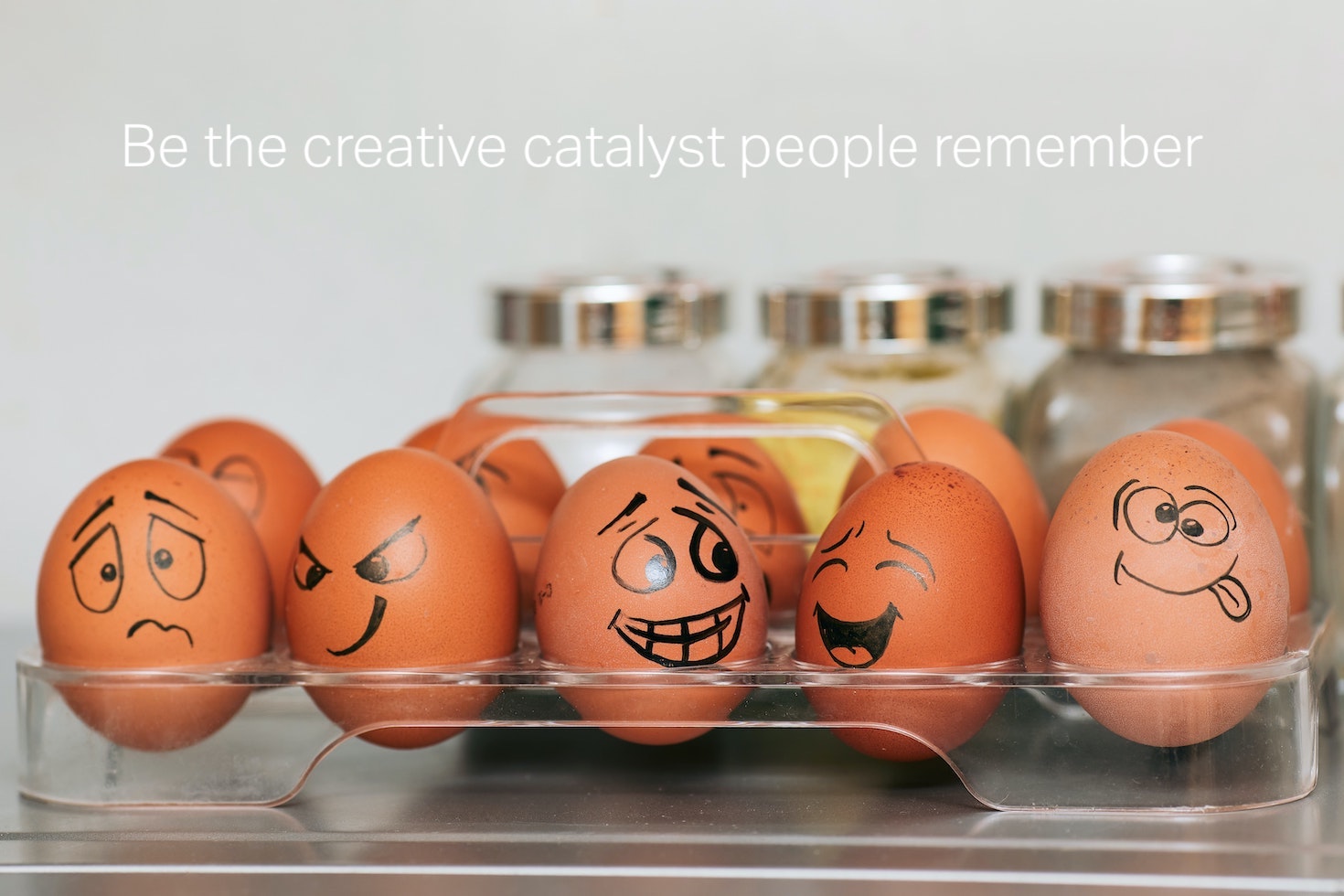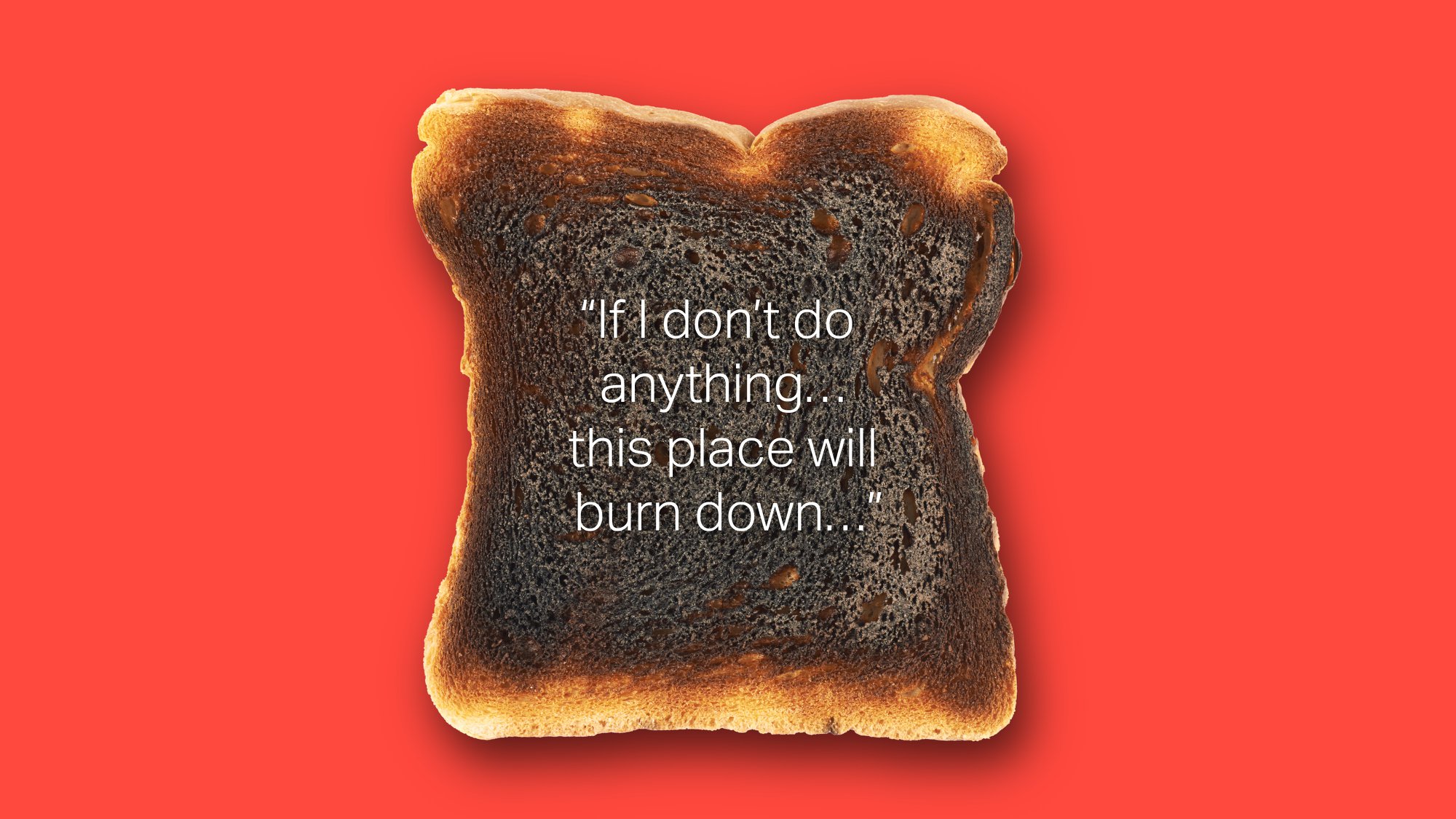Three ways to unlock creative thinking in internal communications

How do you authentically bring your brand to life through the internal communications and employee experience at your workplace? Do you too often find that the life gets knocked out of internal campaigns and they’re reduced to safe corporate speak, wallpaper that doesn’t offend anyone but equally, doesn’t get noticed? You’re not alone. It’s my bet that far too many internal communication professionals feel exactly the same and over time are reduced to the role of postmaster or mistress (such archaic terms).
At the Team, we have just finished a large-scale event for a client, broadcasting to over 50,000 employees around the world. It aimed to be, in the words of our client, a ‘non-corporate’ event. And it succeeded thanks to the client’s bravery, creativity and total commitment to delivering content that would inform, educate and entertain.
In this case, thousands of employees got the chance to hear from a diverse set of off the wall speakers and see a variety of user generated content that bought to life their brand in an authentic way. By authentic, I do not mean that it adhered to the brand guidelines, I mean that it reflected the spirit and the ‘DNA’ of the people that work there. Visually, of course, it was on brand, but it’s style and tone tapped into the true nature of the people that worked there – it was them. And a brand cannot be honest on the outside if it is not honest on the inside.
That phrase I used earlier, ‘Inform, Educate and Entertain’, is an important one for me. Coined by Lord Reith to reflect the ethos of the BBC, it has been a mantra I have used for years when thinking about internal communication and how it serves employees. Often, internal communications will inform and educate, but it shies away from entertainment because it’s just too risky, it’s too divisive, it’s an area not to go into.
But, think about your favourite documentaries or podcasts on BBC iPlayer, Netflix, Channel 4 or YouTube. Think about how that content can at one point have you laughing, and at another reeling; think about how it can have you in a state of disagreement and then agreement. It is designed to stir emotions and create reaction. As Channel 4’s old mantra used to state, they wanted to ‘do it first, cause trouble and inspire change.’ Ewan McIntosh’s article explores that well and we exploited it when designing the template for C4’s intranet. That could not be further from the truth of the reality for most heads of internal communication. They are expected to inspire change but without really entertaining or causing trouble. Too often creative suggestions get reviewed by internal committees which is a disaster, for as Sir Barnett Cocks once said, “A committee is a cul-de-sac down which ideas are lured and then quietly strangled.”
Many will argue that they are creative. I will question whether their creative output is resulting in outcomes and reactions.
My training ground was The Body Shop in the early 1990s. At that time Anita Roddick was my boss and she had a simple attitude towards creativity, and I think that is best summed up in the words of Oscar Wilde when writing The Portrait of Dorian Gray – “There is only one thing in life worse than being talked about, and that is not being talked about.”
Anita’s attitude to internal communications was clear: say something and galvanise people. It was about having a point of view. As a leader, she saw her job as being the catalyst for an idea. She then knew she’d then get the best out of people if she got out of the way and let her team execute, fully. Yes, if she felt an idea wasn’t hitting home, she’d step in and give feedback – often direct – but otherwise, she was more often than not, encouraging, pushing and cheering the side on. And that is my advice to leaders. Unlock the creativity of your team by letting them do their best, and their worst. Whatever you do, don’t let them be conservative in their thinking. As a result of Anita’s creative playground, myself and my then line manager, James Harkness, got to produce some of the most exciting work in our early careers.
With all this in mind, this is what I say to internal communications teams. My 3 tips are as follows:
- BHAG culture
An old one I know but set yourself big hairy audacious goals. You want to raise money for a cause? Go for a million pounds. Say it out loud. Resist the calls from others to tone it back to ‘let’s just raise as much as we can.’ Where is the boldness in that? Stretch targets will make you think creatively. BHAGs will have you have you focused and excited in the morning, buzzing with an idea on how to hit that goal. We are creative when we are faced with a big challenge and operating in a supportive environment. It’s in these stages that chemicals are released which stimulate creativity. This is not the same as stress which supresses creativity. That is why, line managers, it’s so important that you play your role in supporting your teams. Creating the calmness and space required for your teams to focus is critical. As a line manager, set the goal and then create the conditions for team success. Create the PNS environment (parasympathetic nervous system) culture for your team.
- Get fired
I use this thought process to stretch my thinking. I ask, “What can I do to get fired?” Often the most creative ideas are on the edge s of our imaginations. They exist right next to the dangerous territory. By asking this ‘firing’ question, I get to ideas – most fantastical, but some with real potential – that have stand out and cut-through. The trick is to start fantastical and then take small steps backwards until you get to that point where an idea has the right stretch i.e. it won’t quite get you fired but it will certainly have people talking about your BHAG positively.
- Creative plagiarism
My father once told me that there were only 7 original ideas in the whole world and everything else was just a spin off from one of these ideas. I’m sure there is no data to back up the number he plucked from the air, but in essence, I think he was right.
Originality – that one idea that nobody has ever had – is so hard to come by, but originality for the setting in which you find yourself, your company, is not. Simply look around you and steal what you find. Be a magpie. At all times be alert to ideas you see in everyday life – a game a child is playing; a comic an adult is reading on the train; a podcast you hear; a documentary you see; a website you buy from; a sporting event you attend. Lift that experience and drop it into your own world and see how it plays. Every experience that informs, educates and entertains you is a potential experience that can be replayed in your business environment.
Lastly, be prepared to be a lone creative voice. Be prepared for people to water down ideas. Be prepared for a struggle. But whatever you do, remember that creativity is the answer to success.





